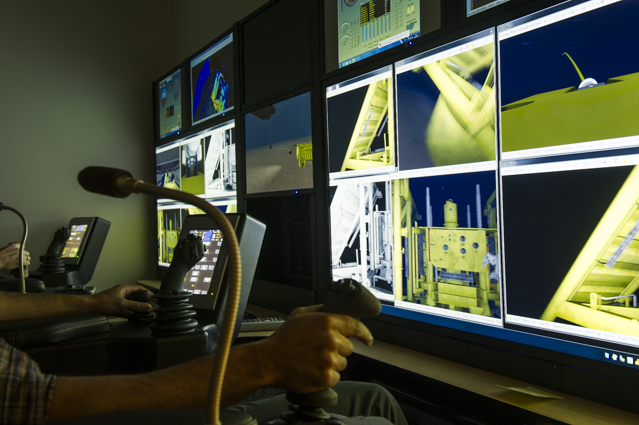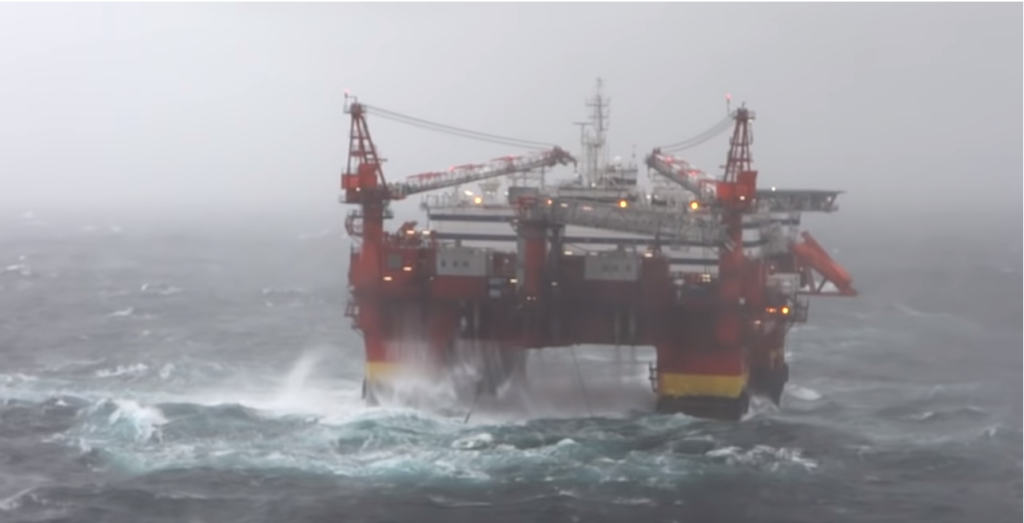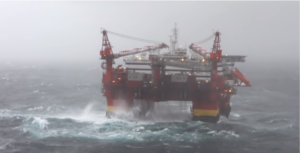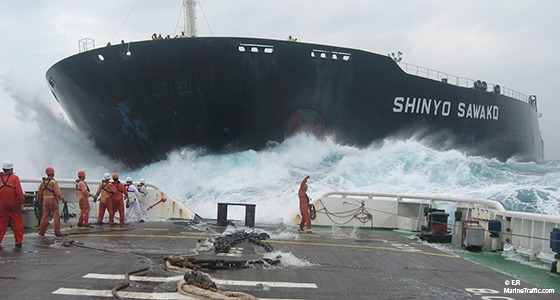Calculating trajectories on sea and land, with old and new technology
Sitting before the stunning aqueduct of Segovia, I find myself reflecting over the ancient and modern aspirations to calculate trajectories – either the modern ECDIS-supported navigation of vessels across the high seas – or the ancient world’s carefully constructed aqueducts.
I’ve just finished the hitherto latest of a series of officer conferences. Given the opportunity to guide officers through an eight-hour program on situation awareness with a special focus on ECDIS navigation, I was impressed by the sincerity and open mindedness with which they have met me and the subject. The concept of ECDIS facilitated groundings is already well established, and there is mounting evidence of the importance of building ECDIS awareness. Still it is a mark of professionality for navigators to listen to a psychologist’s explanation of the inherent risks with ECDIS navigation. Cudos to these officers for this!
The Romans’ main challenge in leading the water over great distances was to have a continuous and as small as possible a gradient to the duct and this of course is the reason for the impressive “water bridges” that they were forced to erect over deep valleys (except when they used pipes for siphoning). Otherwise they kept the ducts on- or underground where they could. And obviously, the Roman’s capacity to use the arch in bridge-like structures was a prerequisite for this achievement. But this also required exact calculations to get the direction, gradient and supporting arches right. The aqueduct in Segovia was not by any means the longest, but even with its 15 kilometers they had to be sure beforehand that they had enough height left when they reached the endpoint.
The Roman’s got it right – nearly 2000 years later the aqueduct gloriously crosses Segovia. But even the Romans were bound by technology. E.g. it was very hard for them to get the direction and the gradient of the duct over long distances other than in strait lines. Hence, the aqueducts were constructed with straight lines and with angled- rather than curved turns. A curiosity you say? Well, angles rather than smooth turns would have increased the length of the duct, and it also meant battling up or down terrain rather than smoothly going around it. But this was clearly preferable over discovering by trial and error whether they had reached their destination at the right height…
Likewise, the modern day ECDIS is a remarkable device greatly facilitating navigators’ positioning and plotting of safe courses. For example, it is remarkably easy to plan and follow a voyage for days crossing the high seas of the pacific. However, the existing electronic nautical charts (ENCs) provided for the ECDIS in the high seas of the Pacific are remarkably bad! They are for the most part just available in a scale normally only meant for overview. They are also categorized at the poorest quality in the assessment scale for electronic charts (Category Zones of Confidence CATZOC), except for areas where no assessment of quality have been made! In fact, only last year the edge of a reef was discovered to extend over 3 nautical miles further than it was drawn in the chart! This was discovered the hard way – at great material cost!
Bearing this in mind, large margins of error must be calculated when sailing the high seas of the pacific, even if it means detours of several nautical miles. So even though navigators are used to high accuracy in ports and most coastal routes, they must be conscious of the limitations in the charts provided. – And this is but one of several aspects where safe navigation with ECDIS requires special awareness on the part of the navigator of a kind not taught in traditional ECDIS courses.
So as even the Romans did in construing the great aqueducts, so should we today maintain a sound awareness of the limitations of our technology when navigating.



